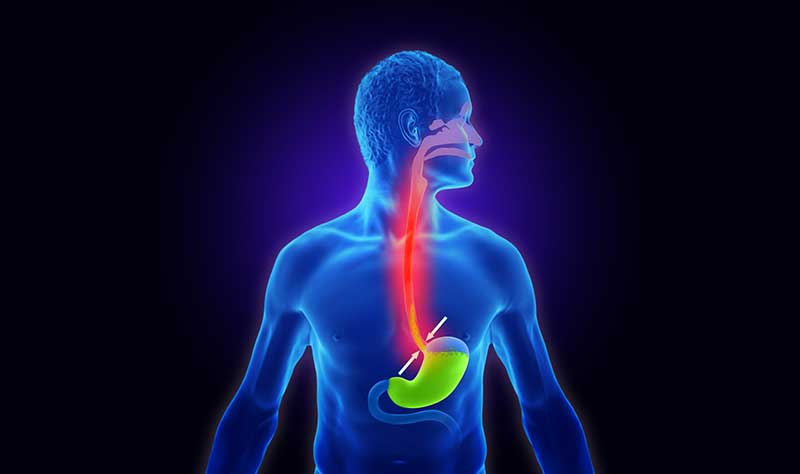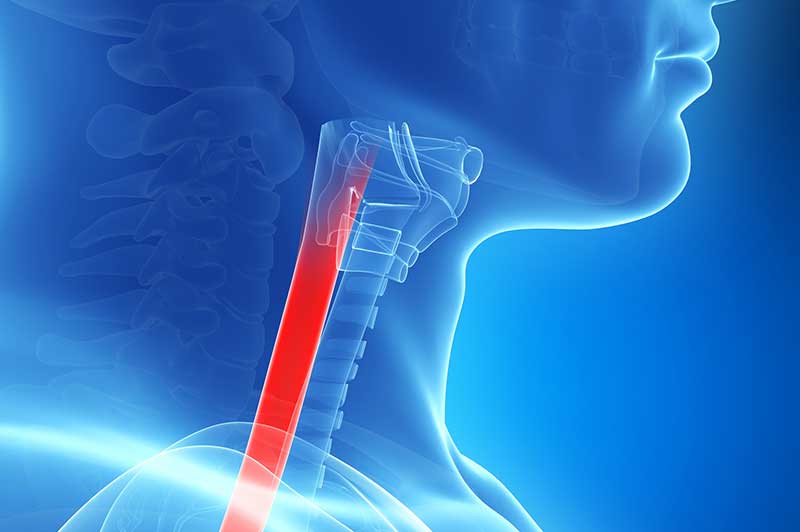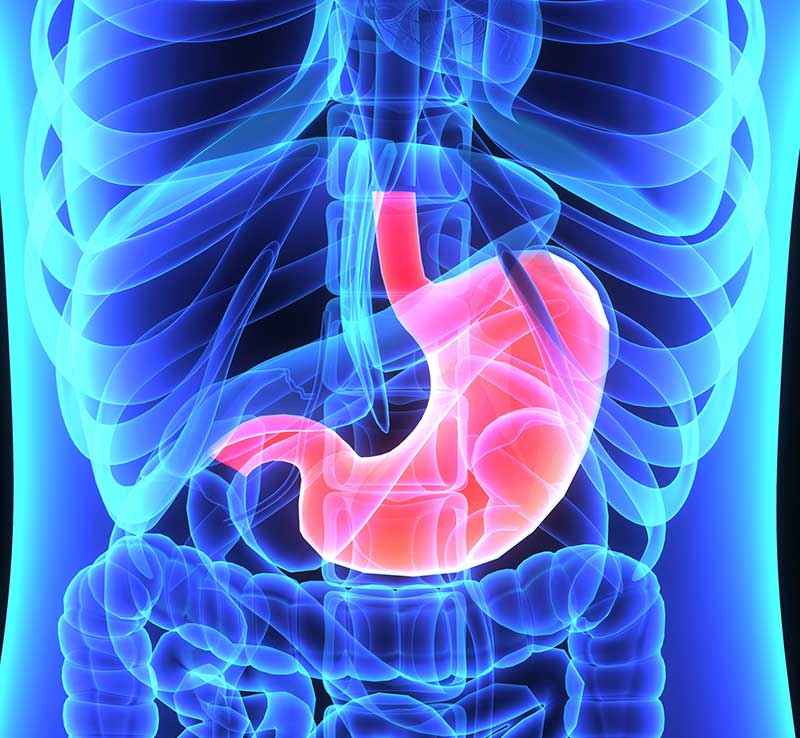
If you are experiencing trouble with the lower esophageal sphincter, this may be treated with a minimally invasive surgical procedure called laparoscopic Nissen fundoplication. In this procedure, a new “valve” is created to function as the original sphincter should.
Many patients find relief from their symptoms after having the procedure completed.
What Is a Laparoscopic Nissen Fundoplication?
This procedure is used to repair or strengthen a malfunctioning lower esophageal sphincter, the valve that lies between the stomach and the esophagus to keep stomach contents in the stomach. In order to prevent acid from backing up into the esophagus and creating pain and damage to tissues, your surgeon can use a portion of your stomach to effectively tighten the lower area of the esophagus. This can strengthen the sphincter region to form a barrier that will keep acid from reaching the esophagus.


When is a Laparoscopic Nissen Fundoplication Performed?
A laparoscopic Nissen fundoplication may be considered when other methods, such as medication, have failed to reduce the symptoms of GERD, or gastroesophageal reflux disease. This surgical procedure is not considered as a first line of treatment and is usually only considered in the following circumstances:
- Inflammation of the esophagus
- Narrowing of the esophagus
- Changing of the cells in the esophagus
Additionally, your physician will make sure that the muscles in your esophagus are strong enough to undergo the procedure, making it more likely to be successful. According to a research study published in the Journal of the American Medical Association, approximately 87% of patients maintained positive outcomes more than five years following the procedure.
What to Expect
You will be given instructions on how to prepare for your surgery. After you are given general anesthesia, up to five small incisions of about 2 centimeters each will be made above the belly button in the mid-abdominal region. These small incisions will be used to insert the tools and video camera that are necessary to do the procedure.
A specialized gas will be pumped into the abdominal region to create more space in which the surgeon can view the area and effectively maneuver to complete the procedure. The upper portion of your stomach, known as the fundus, will be wrapped around each side of the base of your esophagus and secured with sutures. In most cases, patients must stay in the hospital overnight for observation.
Potential Complications
There are risks with any type of surgery, such as infection, perforation at the surgical site, or bleeding from the incisions. There is the potential that the fundus may be secured too tightly, making it difficult to burp or to swallow. There is also a risk that the fundus will slip down, making it necessary to perform a revision surgery.


